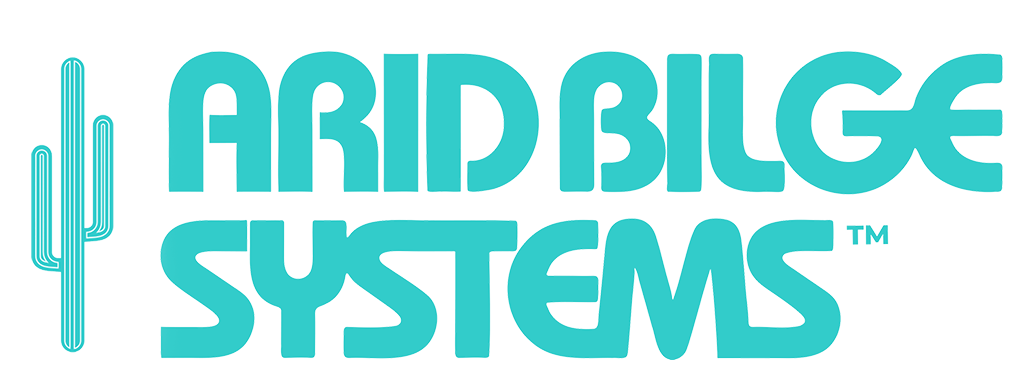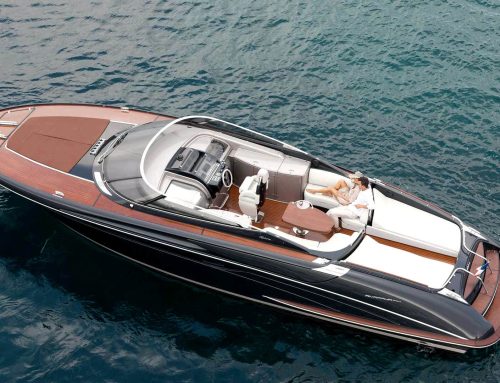A Guide To Boat Bilge Pumps – What Are They And How They Work
The unsettling thing about bilge pumps is the fact that they are usually a boat’s only line of defense before sinking into the deep blue, yet most boaters don’t know much about them. Rarely do boaters even talk about boat bilge pumps, and even less of their time is spent going down below to maintain them.
Of course, it is important that you get to know more about your boat bilge pumps, as you don’t want to end up being the proverbial old sailor, frantically taking water out of the bottom of his boat with a bucket.
Let’s dive in and take a deeper look into bilge pumps, what they are, what they do, and how to pick the best one.
What Are Bilge Pumps?
The job of a bilge pump is to clear the unwanted water that gets into the bilge on your boat. This water can come in due to errant waves, drip through packing gland, a broken hose or clamp, leaking port holes or hatches, and much more. Essentially, bilge water is almost impossible to avoid. While the stock bilge pump that came with your boat may do the job well, though, you want to be sure that it acts as a serious line of defense in the case that your boat begins sinking out at sea, giving you enough time to call for help or make it back to the marina.
Most well-educated captains who plan to undertake long crossings over open water will upgrade their bilge pumps by adding a higher-volume one, as a backup.
How Do They Work?
There are three common types of electrical bilge pumps that you will find on the market, namely the centrifugal, the rubber lobe and the diaphragm.
Centrifugal pumps work using a rotating, solid impeller, which like a turbine will push water. This type of pump will propel water up into the discharge hose and usually sits in the lowest, deepest position of the bilge. That water is pumped from the bottom up, but once air comes in contact with the impeller, cavitation usually stops the movement of water completely. Once this type of pump shuts down, all of the water that is still sitting in the discharge hose comes gushing backwards into the bilge. So the base water line left behind, when these pumps shut down, is usually around 1 ½”. The twin seals between the impeller and the motor, protect the pump’s electric motor sitting in the bilge, for a time, limiting the life of the pump. Many boaters have tried to place a check valve on the output side, near these pumps in order to prevent the back wash, only to find that this creates a condition called vapor lock, where the pump can’t prime itself, as air becomes trapped between the pump and the check valve. These are still the most popular of all bilge pumps as they are very quiet, use little power for the volume of water pumped, are relatively inexpensive and usually have a 3 to a 4 year life span in the average wet bilge. Also, if these pumps are accidentally left on, there is usually little damage potential within the first few hours.
Rubber lobe bilge pumps used to be the most popular and common of all bilge pumps, until Clinton Rule invented the Centrifugal bilge pump back in the early 60’s. These pumps have a rubber impeller that spins in a housing where there is a restriction between the intake and outflow, causing the rubber lobes to crush temporarily, attempting to compress the water and forcing it out into the discharge port. These pumps are lower volume and not particularly electrically efficient. They can pull some air with the water, but cannot be left to run dry under any circumstances. Here, the water lubricates the rubber impeller as it spins in the housing. So, without water, the impeller heats up and starts to stick to the housing. Additionally, if oil or fuel ends up being pulled through the impeller, the rubber will usually expand, also locking the pump. They will offer you a brown Nitrile replacement impeller that should not absorb the oil, and then you ask yourself, why didn’t they automatically install the Nitrile one at the factory. Most of the engines on boats today use a mechanically driven rubber lobe pump for their raw water engine cooling systems.
Diaphragm pumps have chambers, and work more like your heart, where they pulse to move the water through the two chambers and two one-way valves. So, this type of pump creates a suction that pulls out the unwanted bilge water. Diaphragm pumps can be run dry for a time without any damage, and are self-priming. This means that they develop suction and prime themselves without being submerged in water. Unfortunately, they cannot move as much water when compared to centrifugal pumps, and won’t be able to tolerate bits of debris or trash, which can lodge in the pump valves. These pumps will usually have an intake strainer that will fill with small debris and will have to be serviced / cleaned regularly. These pumps are the noisiest of all the pumps and again, these pumps are not as electrically efficient as the centrifugal pumps, but when set up correctly, they can draw the bilge water levels down to ½” in the manual mode. In the auto mode, when they are connected to the average float switch, they will usually still leave over an inch of water behind.
In simple terms, all bilge pumps leave residual bilge water behind and this is what brings us to the Arid Bilge System
The dry bilge system > The Arid Bilge System
For those who are in the market for the best of the best, we recommend the Arid Bilge System. The Arid Bilge System works uniquely as an automated computerized vacuum system, vacuuming up water from the bow to the mid to the stern of your vessel, through small tubing, up to 75 feet away from the central unit. Because it’s an automated system, you never have to think about going down to turn it on manually.
The Arid Bilge System utilizes air sensors/vacuum switches to make sure that the system knows when it is suctioning water vs air. It can be left to run dry forever… with no chance of damage to the internal air compressor. In fact, it does not pump water and there is no contact between the bilge water and any electrical component anywhere in the system. This means that there is no seal to fail, so you can expect excellent longevity from your new Arid Bilge System. The Arid Bilge System vacuums the bilge water into a small collection chamber inside the central unit, and then uses air pressure to push the collected water out through a check valve.
As an added safety feature we offer the Eco Friendly Discharge Companion/oily water separator which captures and stores oil that’s common in small amounts in many bilges. And an additional alarm is available to audibly notify you as oil starts to accumulate in the separator. With this system added to your Arid Bilge System, you can confidentially say that this oil slick surrounding your boat came from someone else’s boat.
You can see how the Arid Bilge System works with the little visual representation below:
Getting the Best Bilge System
Having a solid dry bilge system on your boat can create a happier and safer boating experience for you and the family. Don’t rely on old stock bilge pumps to keep you safe. Get yourself one of the best dry bilge systems around at Arid Bilge Systems!



